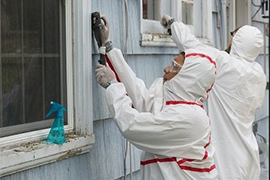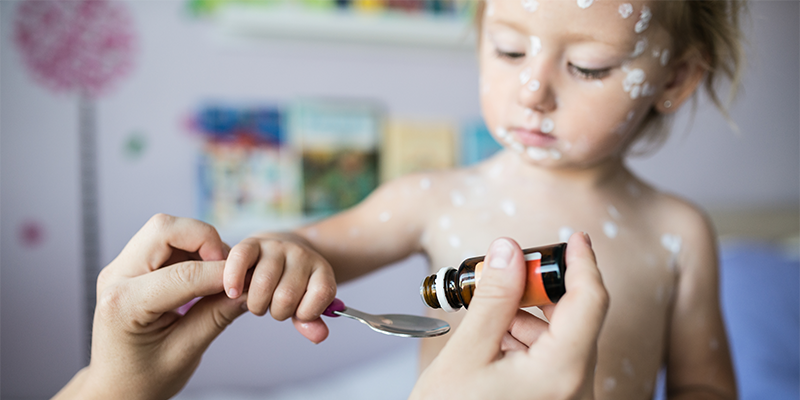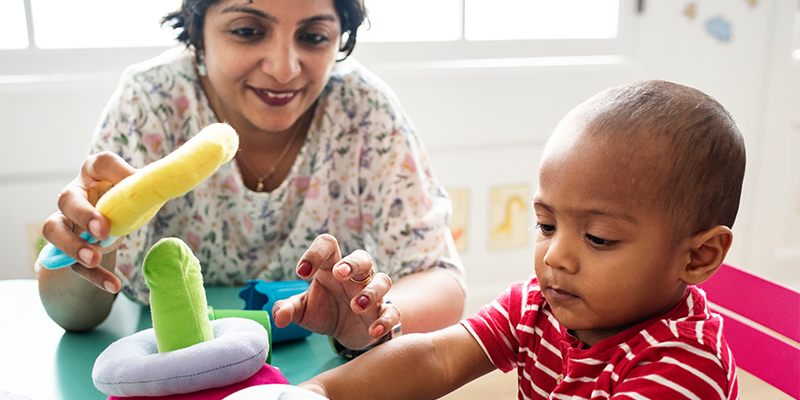
The problem
Lead is unsafe to consume, inhale, or absorb at any level. Yet lead-based paint is common in homes built before 1978 and a home’s drinking water or soil can be contaminated with lead. How can home-based providers protect themselves and the children in their care?
One solution
The National Association for Family Child Care, Eco-Healthy Child Care® and two other partners developed The Lead-Safe Toolkit for Home-Based Child Care. It is designed to provide home-based providers with resources and strategies to ensure the safety of their child care facilities.
The toolkit is divided into four main categories – paint, drinking water, soil and consumer products – plus a general resources section. Each of the categories includes a sample policy you can adopt for your business, along with a worksheet to help you put the policy into action, one step at a time. The worksheets provide information about why it’s important that child care homes are lead-safe. They also give approximate costs of measures to reduce lead exposure, and provide links to resources and contacts you can consult as your implement your lead policies.
 Here’s a peek inside one of the four main categories:
Here’s a peek inside one of the four main categories:
Lead in Paint
- Why removing it is important: When lead-based paint deteriorates, chips and dust settle onto surfaces that children can easily reach, such as windowsills and floors. Lead-contaminated dust is hazardous even if the particles are too small to see. Children may ingest or inhale this dust. Even very low levels can cause brain damage, lowered IQ and behavior problems.
- What’s included in the sample Policy: The home-based provider pledges to have the facility inspected and tested for lead, to use a certified lead-safe contractor if any repair or renovation work is needed and, if a problem is identified, collaborate with the local health department to determine next steps.
- What’s included in the Worksheet: This downloadable resource includes step-by-step checklists of what the provider needs to do to accomplish each of the pledges in the policy, suggestions about routine maintenance to minimize lead exposure and links to additional resources about lead in paint.
The three other categories – Lead in Drinking Water, Lead in Soil and Lead in Consumer Products – contain the same types of information. The consumer products covered include children’s metal costume jewelry, tea sets and certain types of plastic toys.
The toolkit website also has a downloadable poster, Things We Do to Protect Children from Lead. Home-based providers are encouraged to fill out and display the poster in their facility.





